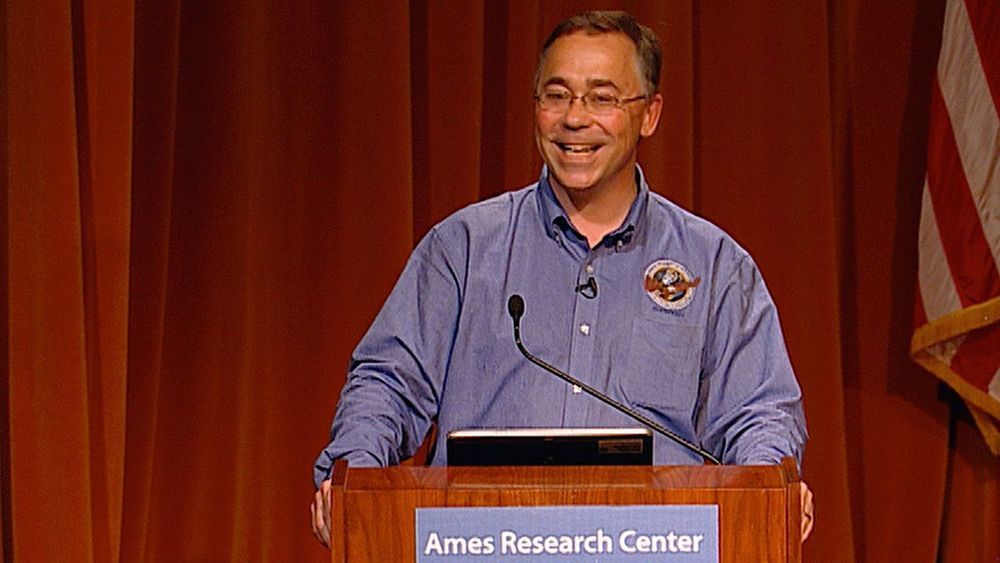“Space has been expanding since the Big Bang 13.7 billion years ago,” said Harold “Sunny” White, head of NASA’s Eagleworks Laboratories: Advanced Propulsion. “And we know that when you look at some of the cosmology models, there were early periods of the universe where there was explosive inflation, where two points would’ve went receding away from each other at very rapid speeds. Nature can do it. So the question is, can we do it?”
There have been hints the past few years that NASA may be on the path to discovering warp bubbles that could make the local universe accessible for human exploration. NASA scientists may be close announcing they may have broken the speed of light. According to state-of-the art theory, a warp drive could cut the travel time between stars from tens of thousands of years to weeks or months. They say they have found a way to configure the hypothetical negative energy matter so that the warping could be accomplished with a mass equivalent to the Voyager spacecraft.
“What this does is it moves the idea from the category of completely impossible to maybe plausible,” said White in a talk at NASA’s Ames Research Center in 2014. “It doesn’t say anything about feasible. And so, unfortunately, that point usually gets missed a lot.”










Comments are closed.